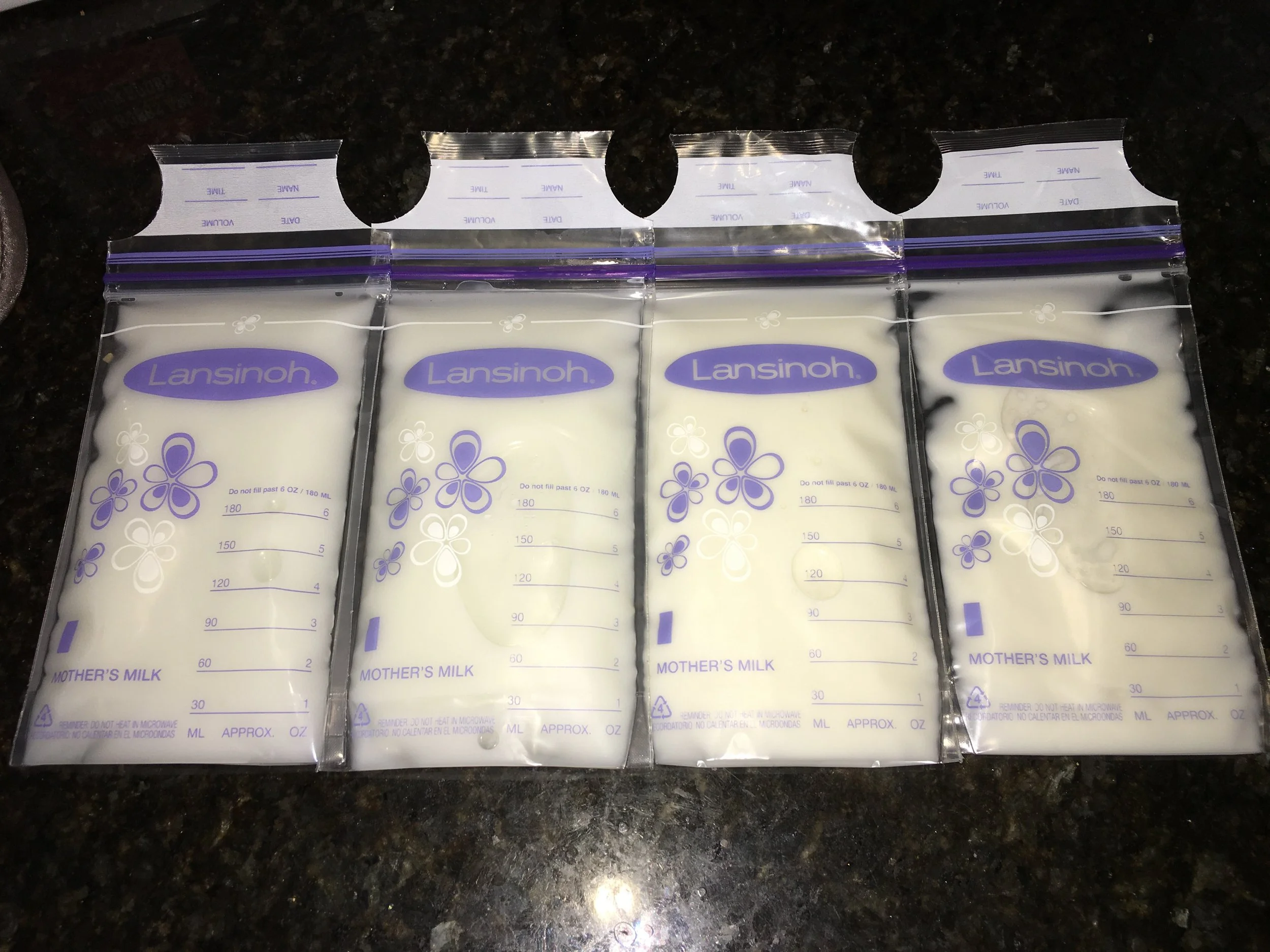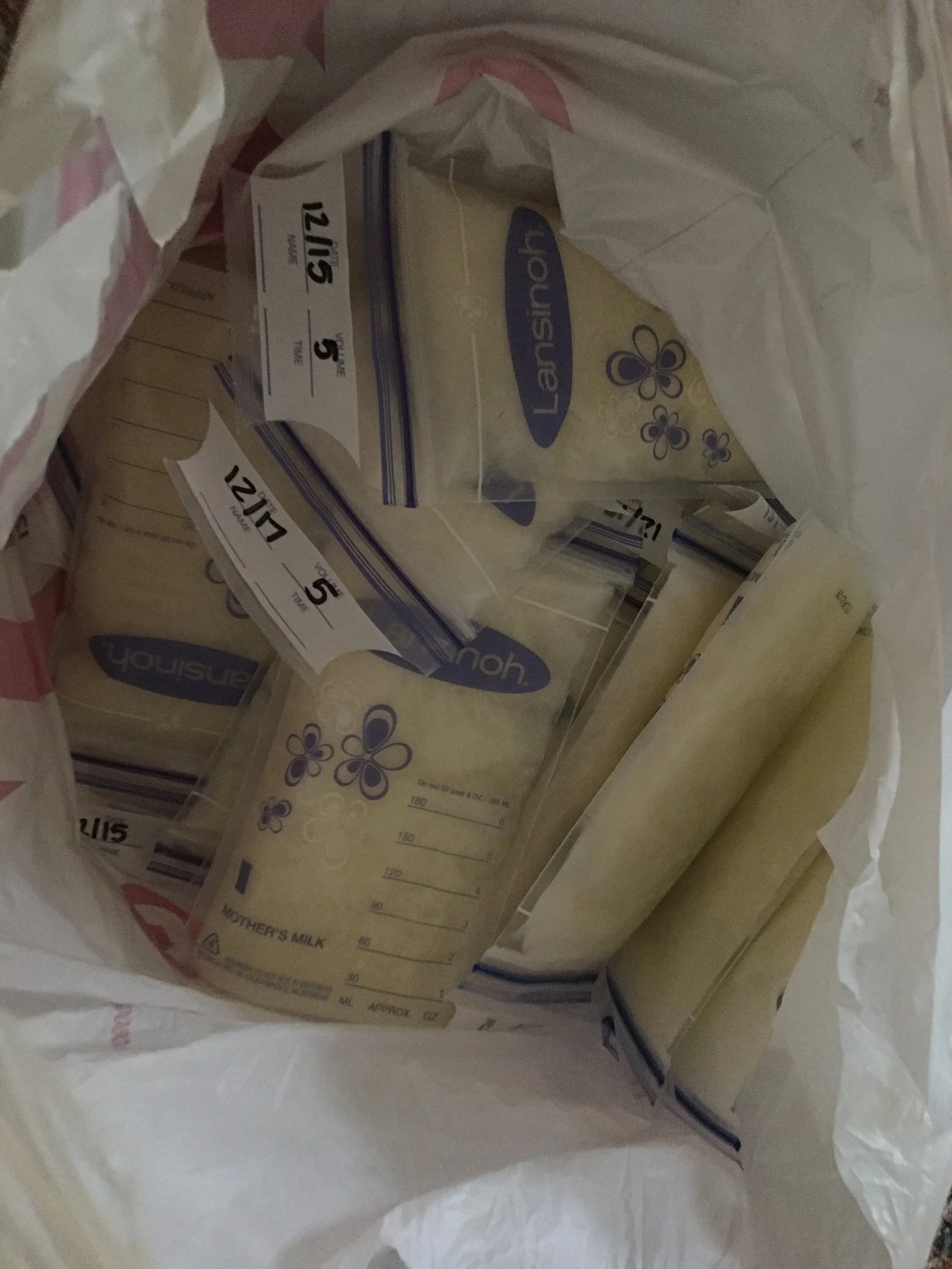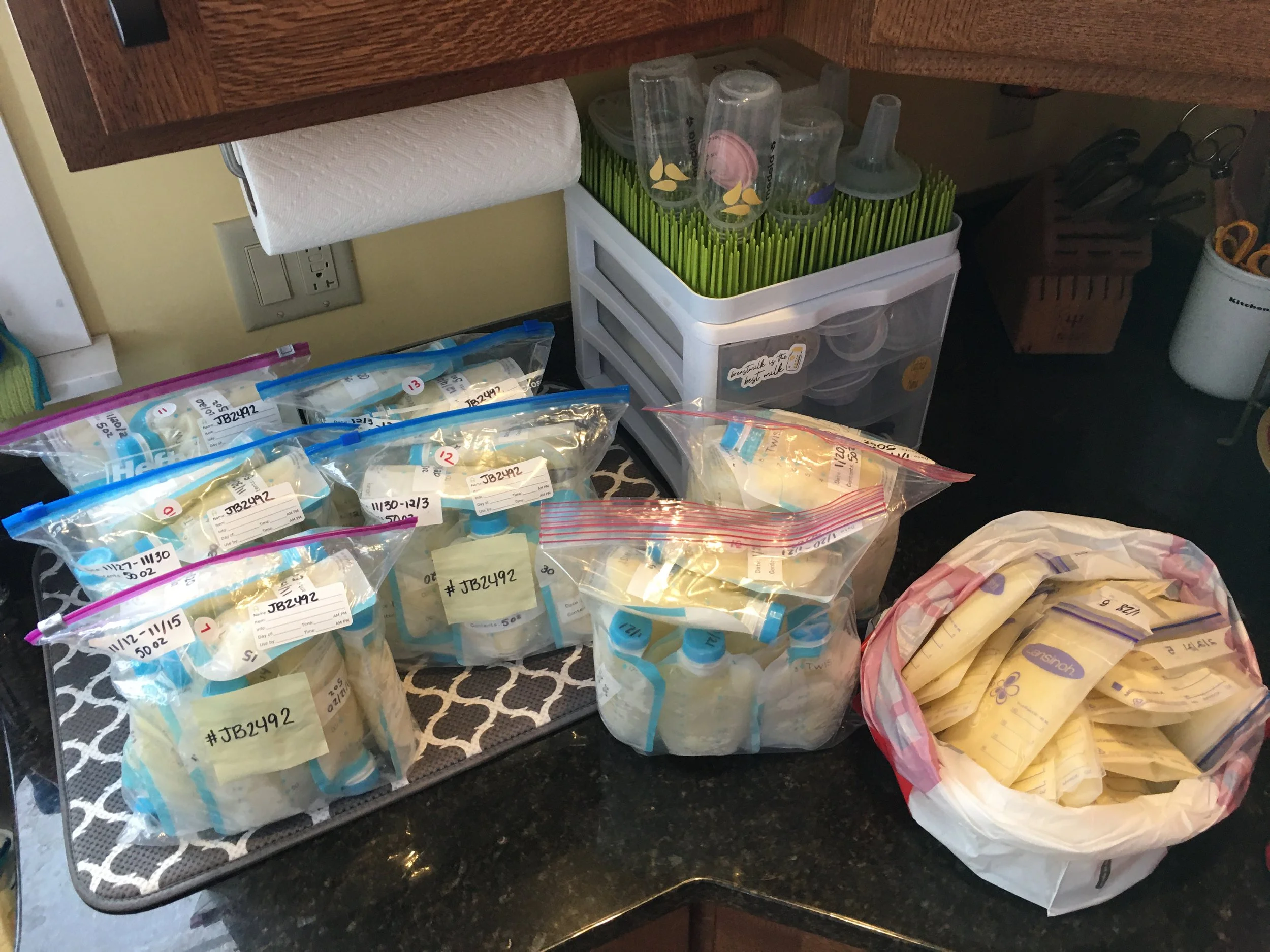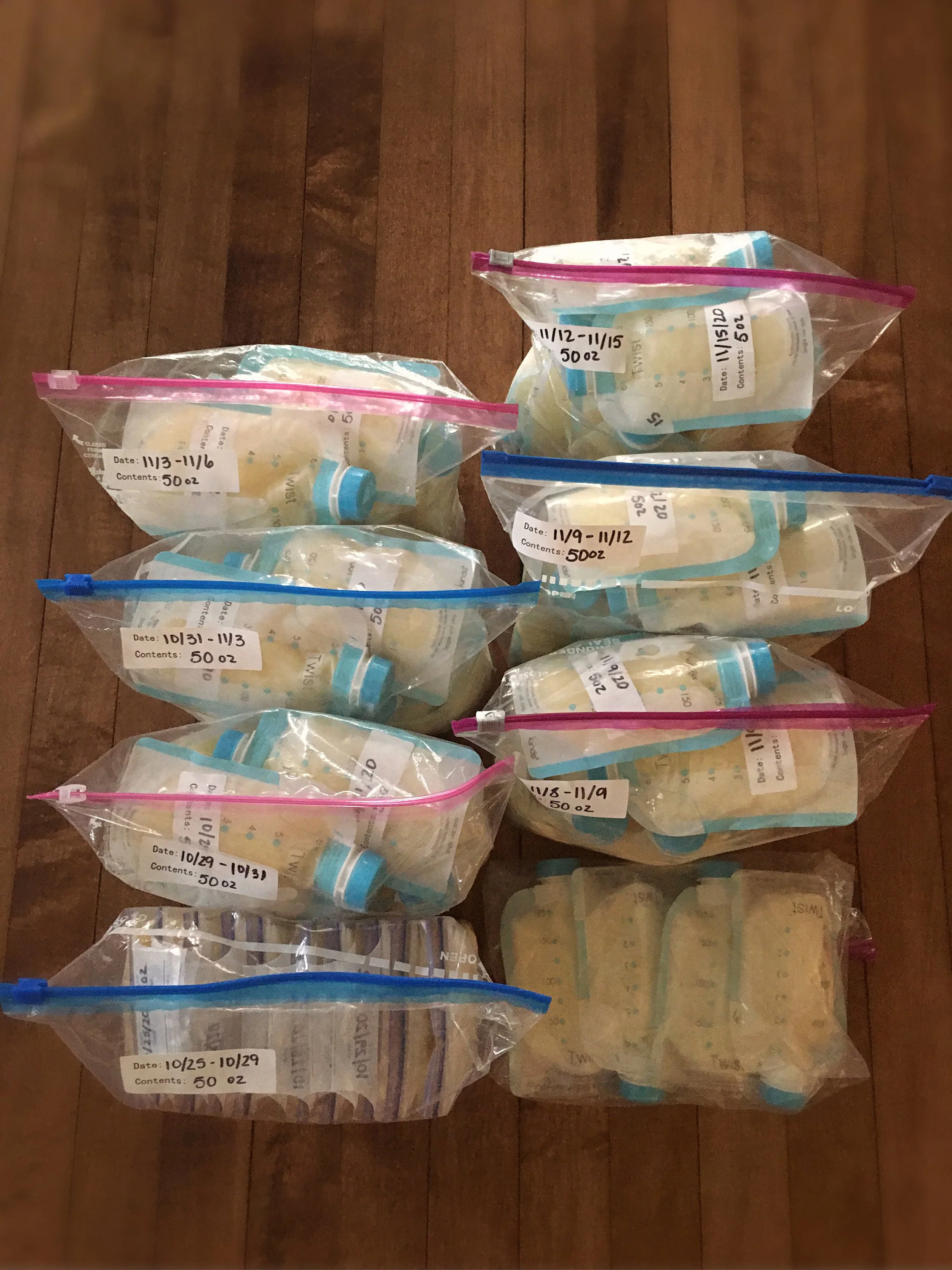
♡ CDC Guidelines HERE as PDF.
♡ View CDC Guidelines HERE.
♡ HMBANA Frequent Questions
♡ PubMed Research
Wondering how to become a certified milk donor through a local milk bank?
In October 2020, I had my second child, shortly after, I was producing enough breast milk to feed nearly 3 babies a day! This is a blog about my journey to becoming a certified milk donor through my local Illinois milk bank (WGL Milk Bank) and the process of becoming a certified milk donor.
What Motivates You?
When considering becoming a human milk donor, there are a few factors that one should keep in mind.
1. How far postpartum am I? Factors may affect how soon you should consider milk donation, the application process does take time, so plan ahead accordingly.
2. Will I need my frozen milk in the near future? I have seen parent’s quickly jump to donations to rid themselves of their extra milk, however, without keeping in mind that the may need some stockpiled for reasons such as returning to work, in the instance of being separated from baby, or incase of an emergency. These are just a few reasons you to consider before running to the freezer and throwing into the donation bag!
3. How much milk do I currently have in my freezer? Some milk banks require a minimum first time donation, which can typically range from 100oz-200oz. An exception is usually made for bereaved parents who are donating after a loss.
3. Am I ready to make a commitment? Consider that providing human milk donations is more than just expressing, storing, and dropping off. It requires commitment to hygiene practices such as proper milk handling, storage, and washing and sterilization of pump parts. You will be providing human milk for some of the most fragile humans, which can require dedication to make sure it is safely kept before arrival to the milk bank. This also includes checking in with your milk banks representatives frequently to update them with any changes such as herbal supplements, vitamins and medications, products used on the breast/chest/nipples, health changes, and household sickness. And following their specific guidelines set forth for alcohol consumption.
and most importantly - what motivates you? If you have an over abundance of milk production, you are running out of room in your freezer, you are pumping after a loss, or maybe you just want to help other families in need of human milk for their infant(s). If you answered YES to any of these above, then milk donation may be something that you could consider.
*Click HERE to search for a human milk bank near you.
The Screening Process:
The screening process for donors is fairly universal across milk banks: application, blood screen, and acceptance. It typically starts with a written application that includes basic questions about health history, medications, drug use, travel history, and milk storage techniques. You may be asked to fill out a complete donor application following the review of your written application. If you are cleared from the written application(s), a representative may call you for a phone interview. This can take a couple days to a few weeks after submitting your application(s). During the phone interview, the representative will verify the information you have provided in your written application(s) and ask you more in-depth questions pertaining to your answers and additional questions that were not in the previous applications. They will review your answers and decide if you are an ideal applicant for their program. If you meet requirements, you may be asked to sign a medical information release so they can get your most recent health and medication information from your OBGYN or Midwife. You will be instructed and directed on where and how to have blood work done to screen for HIV, HTLV, syphilis, and hepatitis B and C. Once your blood work is cleared, you will be contacted by a representative who will guide you in the rest of the process and welcome you as a certified milk donor! This entire process can take anywhere from a few weeks, to a few months, so remember to be patient!
Storage Requirements:
Milk banks have specific storage instructions for human milk and drop offs. Single use, sterilized milk bags are a preferred method. If you are currently receiving sterilized milk collection bottles from your hospital to express in to, make sure to note those in application process. They will not take milk in mason jars, ice cub trays, silicone bags, or in zip lock bags. Your last name, and donor ID should be written on the tab on the milk storage bag, as well as the date expressed (not the date frozen). Make sure to follow guidelines for safe handling and storing of human milk (Click HERE for CDC Guidelines) As well as the specific medication and alcohol guidelines set forth by your milk bank. Other regulations may include: do not scald or heat milk before freezing, donate milk that has been frozen for less than nine months and that was pumped before baby’s second birthday, and any temporary date deferrals that your representative has discussed with you based on information you provide.
(Ex. “Please exclude milk from the dates 10/25/2021-10/30/2021”)
Milk Drop Of Locations:
Once you are ready to make a donation, find a drop off location near you. These are usually called “Milk Depots”. Most milk banks will let you know your closest locations and some even dedicate locations. Call ahead to let the location know you plan to come and how much milk you will be bringing. Make sure all of your bags and/or bricks of milk have been labeled correctly with your name and donor number. I suggest using a large cooler, or multiple cooler bags while transporting milk - especially long distance!






